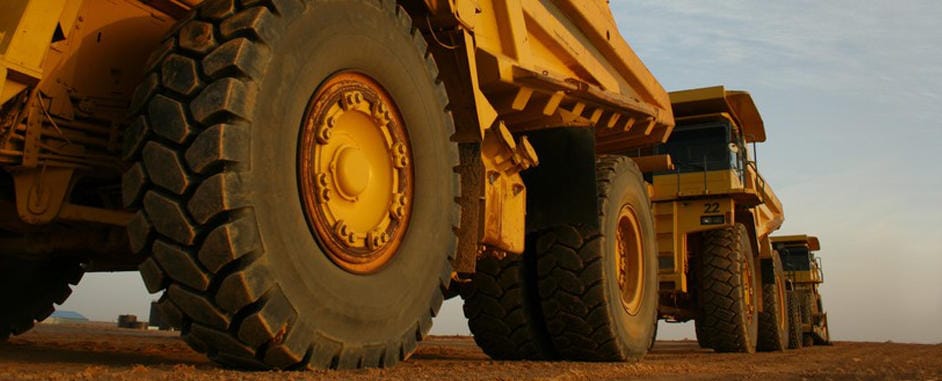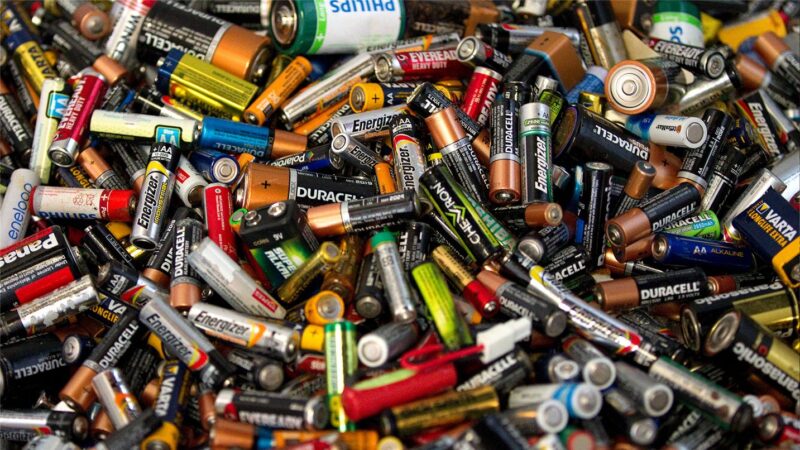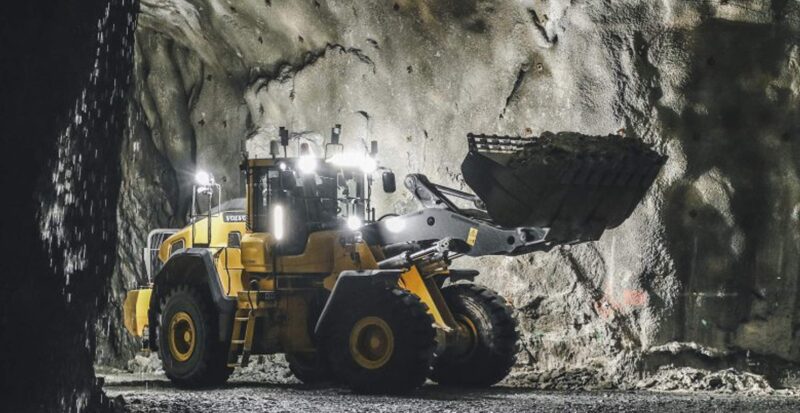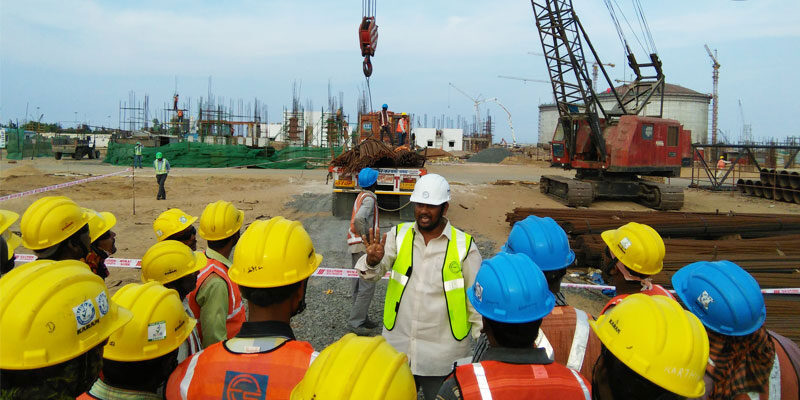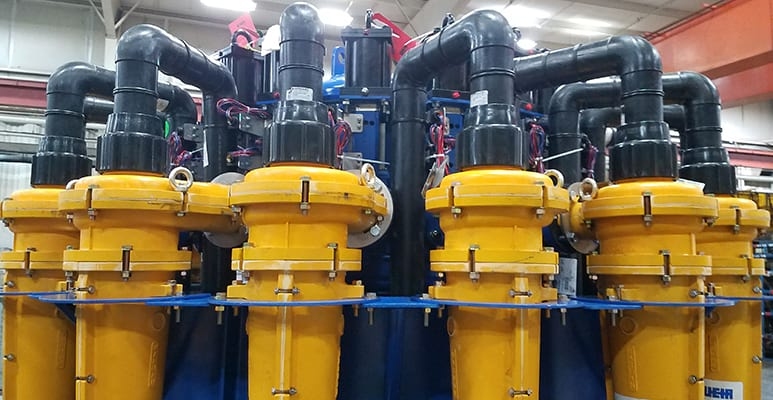Here is why mining is digging into 5G
Some 86% of mining companies say they plan to invest in wireless infrastructure in the next 18 months, according to an IDC 2021 Worldwide Mining Decision Maker Survey. Most named 5G as their priority because of its lower latency and higher bandwidth, which suggests industry members understand high-performance private wireless networks are essential to fulfilling the promise of Mining 4.0. 4.9G/LTE today, 5G tomorrow 5G may be enjoying higher profile these days because of the growing number of public 5G deployments and smartphones on the market — and because some…
Read More Here


